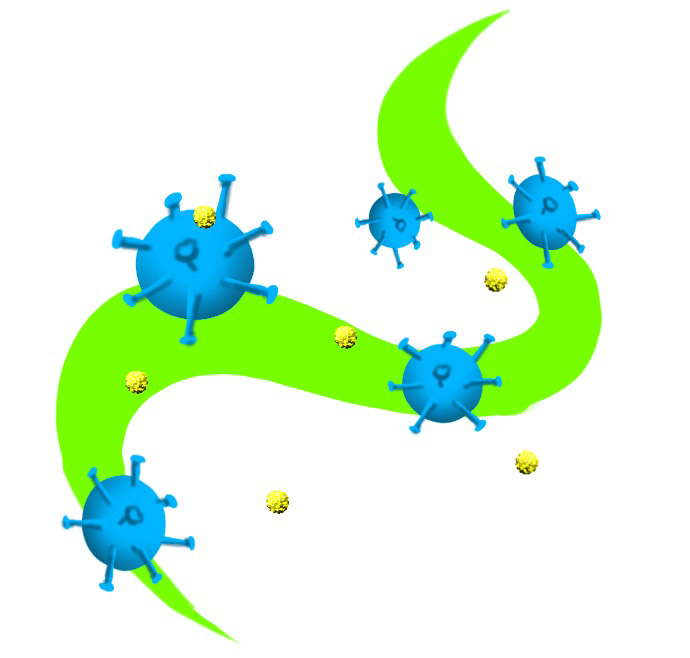
A new Yale study has uncovered the regulatory pathway responsible for eliciting allergic responses.
Researchers at the Yale School of Medicine have identified TYRO3 — a key regulator of cellular processes and an important receptor of the immune system — that is responsible for regulating the mechanism that mediates both allergic reactions and parasitic infections. The findings of this study not only elucidate the mechanism being regulated, but also hint at future therapeutic treatments that aim to regulate these reactions in human patients, study authors said. The study was published in the journal Science on April 1.
“The most important takeaway here is that we identified a previously unknown receptor tyrosine kinase as a regulator of this Type II immune response. This response comes into play not only in allergies and asthma, but also in parasite infection,” said Pamela Chan, a former Yale graduate student in immunobiology and first author on the paper. This finding highlights a dichotomy in the receptor’s function, a key point of the study. Because the pathway in question mediates immune responses in two distinct cases — that of an allergy or asthma attack and that of a parasitic attack — the pathway can be regulated in a number of ways, Chan said.
She described the research itself as “very basic science,” explaining that the group used knockout mice and some human cell lines to investigate the pathway. The next steps, however, will be to expand the boundaries of the research, and eventually extend the research findings to humans, Chan said.
“We’re still very, very pre-clinical stage,” she said. “We used mouse models because there are research protocols you can do with mouse models that you can’t do with humans. But at the end of the day, we don’t want to cure mice, we want to cure humans.”
Carla Rothlin, senior author on the study and medical school professor, also said that the future steps for these findings have significant pharmacological implications in the treatment of allergic reactions, asthma and parasitic worm attacks.
Researchers examined specific disease markers in order to identify how best to utilize their knowledge of the newly characterized regulatory pathways. Rothlin said they found that patients with asthma have a different sequence in the gene for the TYRO3 receptor. Researchers currently do not know what difference in the gene changes the human immune response, but they know that genetic mutation in the Type II immune response pathway has been linked to asthma in some patients, according to study authors. However, Rothlin noted that because disease pathology is very nuanced, it is almost impossible to say that a genetic mutation is the only cause for a disease.
“These diseases are very complex. We won’t necessarily have allergies or asthma just because we have a change in the receptor — the diseases are the result of a variety of components: genetic, environmental, others too,” she said.
Sourav Ghosh, study co-author and professor at the medical school, acknowledged that future therapeutic possibilities are on the horizon but said those kinds of therapies are a long way away.
“This is just the beginning,” he said. “It’s really important to make the discovery first and then think about how to translate it into novel pharmaceutical therapies later.”
However, the group has been theorizing different ways to change the regulation of the pathway, now that its normally regulated state is known. Rothlin described the two therapeutic possibilities in regulating this receptor.
“Either you could activate this receptor — this inhibitor — and reduce the magnitude of this response, which is potentially a way to reduce this intense of a response in asthma or allergy cases,” Rothlin said. “Or, you could inhibit this inhibitor, thereby boosting this type of response, and amplify the same response as a protective immune response against helminths [a type of parasitic worm]. In this case, you could have a much better immune response to parasitic infection.”
Rothlin said she is cautions, yet optimistic, about long-term therapeutic implications. She added that her lab is excited to see if there are other uses for this new knowledge. One other potential use is in diagnostics.
Rothlin is hopeful that this newest finding concerning the Type II immune response pathway and the receptor TYRO3’s involvement with the pathway regulation will set the foundation for future research in the area.
“Each discovery that one makes is based off of past discoveries that others have made,” she said.
The Type II immune response was first identified as an immune pathway in 1963.







